I recently I moved to Toronto, Canada to start my Working Holiday with one 23 kg suitcase and one hand luggage-sized rucksack. How did I fit my whole life into these two bags, you ask? I’ll share my packing tips so that you, too, can pack like a pro for your travels around Canada.
Packing checklist at a glance
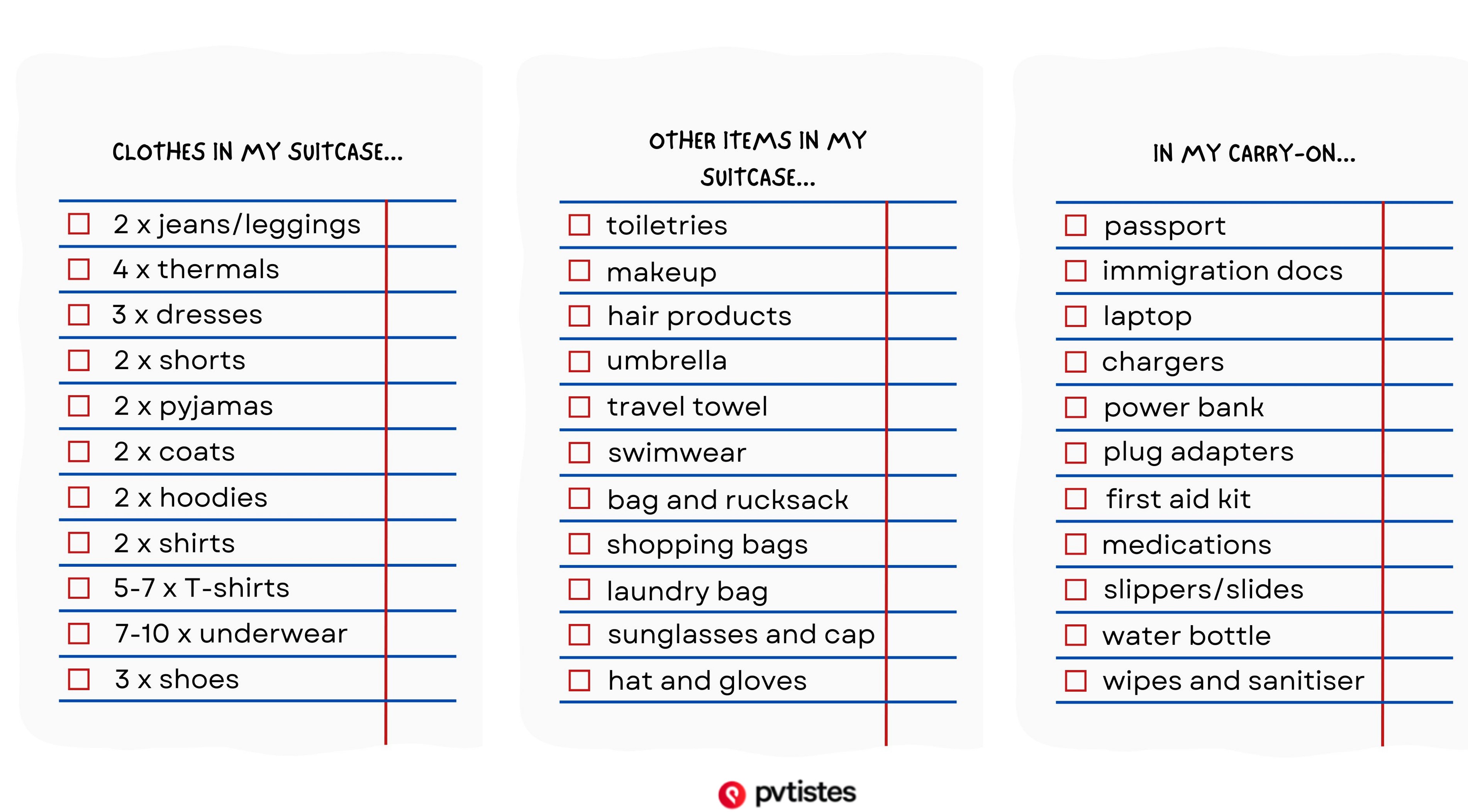
Plus, some items I didn’t bring to Toronto but did find useful on my other travels:
- Locks: if you are planning on staying in a hostel, make sure you bring locks for your bag, locker, etc.
- Hiking boots: wear them on the plane to keep the weight out of your case
- Outdoors/camping gear: insect repellent, tick remover, waterproof bag cover, head torch, washing line, sporks, tupperware, etc.
- Money belt: helpful if you use cash and you’re in an area where you might not feel safe
Tips and tricks
Now, some tips and tricks before you begin packing:
Cut in half, and then half again
Here’s a great tip for the chronic overpacker. Lay out everything you want to bring—shoes, clothes, underwear, the lot. Section it into categories and then cut each one in half. Do you really need four pairs of jeans or is two going to be enough?
Once you’ve halved the amount of stuff you want to bring, complete the exercise again. By the time you’ve finished, you should have eliminated a lot of unnecessary weight before even trying to fill your bag. If you have extra space/weight at the end, you can add some of your discard pile back in.
Use vacuum pack/storage bags
These have been the best purchase for all my WHVs. I buy the ones that you roll and squeeze out by force—you won’t always have access to a vacuum on the road—but if you know you’re moving from A to B with no travelling around, the vacuum bags seal even flatter. These bags are multipurpose; not only do they reduce the volume of bulky items like coats and hoodies, they also keep your clothes protected from spills (or cat urine, as I learnt the hard way petsitting…)
Pack according to your plans
If you’re heading straight to the mountain resorts or a rural area, make sure you’ve packed enough supplies to last. But if you’re moving to a city, you can relax a bit more; heavy items like toiletries can be bought when you’re there. I tend to bring travel-sized toothpaste, mouthwash, deodorant, etc. to get me through the jet lag. After a few days, and when I’m more settled, I go out and buy more.
Work out your compromises
As you pack, have in mind your non-negotiables and the items you might be willing to leave behind. For example, I have curly hair and sensitive skin, so I bring specific makeup and hair products that I know are safe to use. Since these add weight to the case, I compromise by cutting out other items—I air-dry my hair to avoid carrying a heavy hairdryer, for instance. It’ll be a personal choice but it’s important to make your packing work for you. There’s no point being uncomfortable or having regrets about what you didn’t bring.
Check the weather before you fly
Learn from my mistakes! I am a seasoned traveller and still forgot this basic tip. Having arrived during an unseasonably warm spring, I’ve realised I needed more summer clothes and will now buy some here. I prioritised bringing cold-weather clothes because it was what I expected from Canada, when really I won’t be needing my winter coat for months.
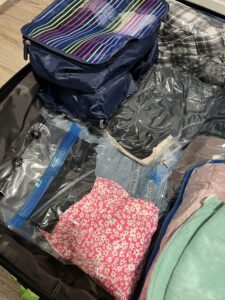
The vacuum bags that will change the way you pack for life…
Essentials to remember
OK, so you’re ready to pack. Here are some essential items to either bring from home or buy when you arrive:
Thermals
These are a game-changer for any destination, not just for Canada. I’ve even used them in hot climates, either when it gets cold at night or just when the air-con is freezing! They’re lightweight, quick to dry (perfect for handwashing) and layer up under your normal clothes. I usually buy mine from Uniqlo but most outdoor/activewear stores will sell them.
Capsule wardrobe
If you’ve ever seen those posts where influencers insist they travelled the world with just a carry-on, this is how they managed it. Make sure every item of clothing you pack can be worn in multiple ways. Your T-shirts and jackets should match your shorts, jeans, leggings, trousers, etc. You need to be covered for any occasion and season. For example, I have pyjamas that can double up as loungewear, and dresses that I can wear with sandals in summer, tights and boots in winter, or dress down with my trainers. Remember that you should have at least one formal outfit in case of job interviews.
Now, if you’re like me and get bored looking like a cartoon character with the same wardrobe every day, you can go shopping once you’re more settled and ready to expand out of your travel bag. When it’s time to leave Canada, donate the excess clothing to thrift stores! If you need to stay within the confines of your bag, employ the one-in, one-out rule—every time you buy something new, you have to remove something old to make space for it.
Good quality coats and shoes
After years of buying items that looked cute but weren’t practical, my WHVs made me realise how valuable it is to have comfy, waterproof, warm coats and shoes. For Canada, I have a waterproof rain jacket that packs into a small pocket and a big, down coat for winter (in a trusted vacuum bag, so you’d never notice the size of it). I’ve also brought fur-lined, waterproof boots—for winter or for Vancouver at any time of year!
If I didn’t already own these items, I’d have been just as happy to wait until Canada to buy them, since I arrived in spring. But anyone arriving during the winter will need a decent coat and pair of boots to survive.
The carry-on
Finally, let’s cover items you’d put in your carry-on:
Plug adapters
It’s an obvious one, but also one that can be easily forgotten. You will need to have Canadian plug adapters to be able to use any of your electronic products in Canada! The airports will sell them if you’re in a bind but the prices will be higher, so you might want to stock up beforehand. I like to carry a universal travel adapter so that I know I’m covered, no matter which country I’m travelling to.
Printed documents
Whilst this is a necessity to get your IEC permit issued at the border, it’s good practice even if you’re just going on holiday. Trust me, you will be grateful to have a hard copy of your ID, insurance contact info and emergency contacts if your phone is lost/stolen.
Prescriptions
You can only bring 90 days of medication into Canada. If you’re moving more long-term, bring any prescriptions or letters from your doctor at home to make it easier for the Canadian practitioners to issue you the right medications.
If you need further inspiration, check out our other packing guides:
Good luck and let us know in the comments below how you get on! What were your packing essentials?












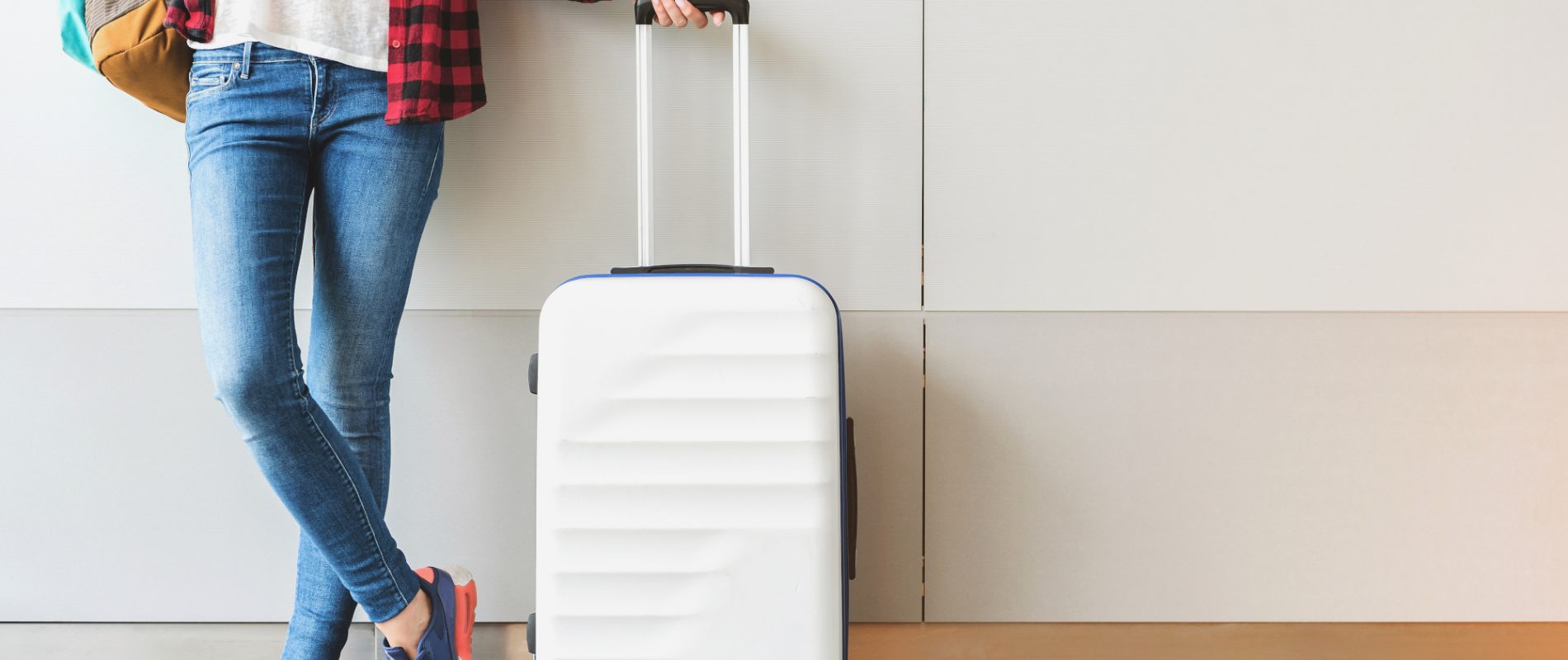


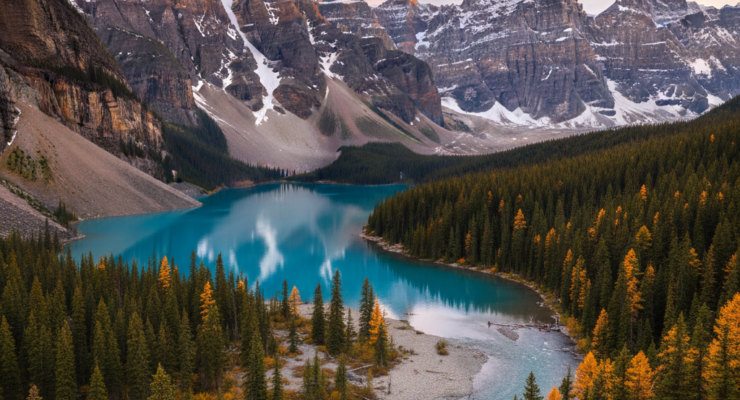

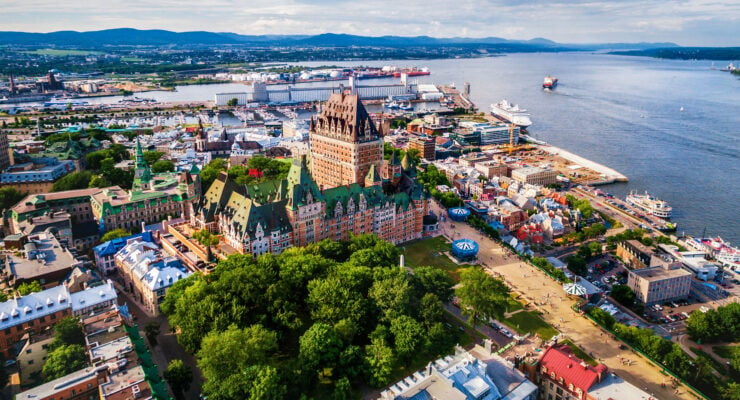
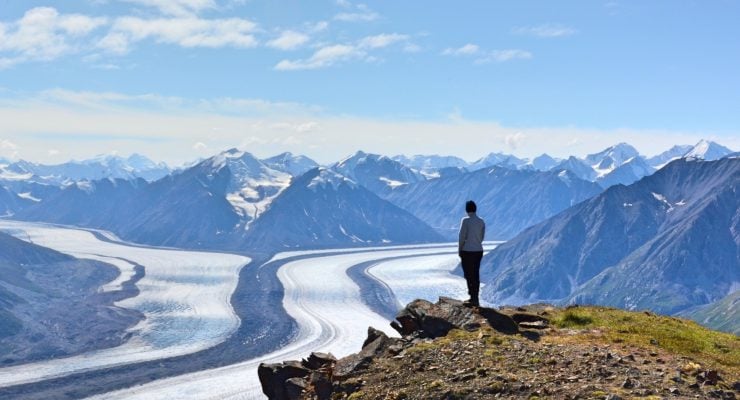
0 comments
{{like.username}}
Loading...
Load more